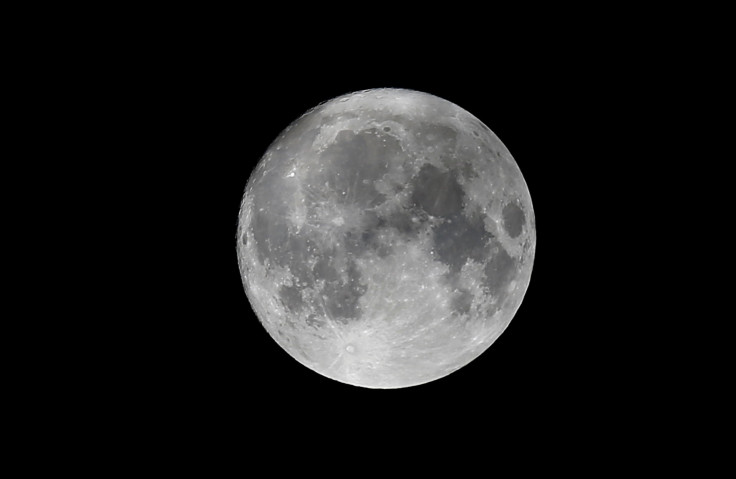What Is A Supermoon? 6 Facts About The Lunar Phenomenon Occurring Monday

The biggest and brightest full moon in nearly 70 years makes its appearance Monday. It takes place at the closest point in its orbit to Earth.
NASA said the so-called supermoon will appear 15 percent larger than the smallest moon of the year, and there won’t be one that big again until 2034. The last time a moon appeared this large was in January 1948.
The phenomenon is created by the elliptical lunar orbit. The moon orbits the earth every 28 days
Moonrise is about 5:20 p.m. EST.
You can watch the supermoon rise live before that, beginning at 9:50 a.m. EST Monday in a broadcast from Baraket Observatory in Israel as the moon rises above the Judean mountains. The multiviewer broadcast will be conducted using a special camera with a wide-angle optical system attached to an astronomical telescope. Italy’s Virtual Telescope Project 2.0 will begin broadcasting live at 11 a.m. EST.
Here are six facts about the supermoon:
- It’s called the Mega Beaver Moon in November in the United States because for both colonists and the Algonquin tribes it came at the time of the year when beaver traps were set before the swamps froze over.
- The moon will be at 221,519 miles from Earth when it reaches its fullest point Monday. When it reaches its closest point on Nov. 25, 2034, it will be even closer at 221,488 miles.
- A supermoon may bring the largest tides of the year, but the variation is not large enough to account for earthquakes, flooding or volcanoes — or for driving people insane.
- The supermoon effect may be part optical illusion. We perceive size in part by the relative size of the things around an object.
- Astronomers don’t call it a supermoon, which has no scientific basis. They call it a perigee-syzygy moon. The term supermoon was coined 30 years ago by an astrologer.
- The first calendars were based on the moon. Only the ancient Egyptians opted for a solar calendar.
© Copyright IBTimes 2024. All rights reserved.






















